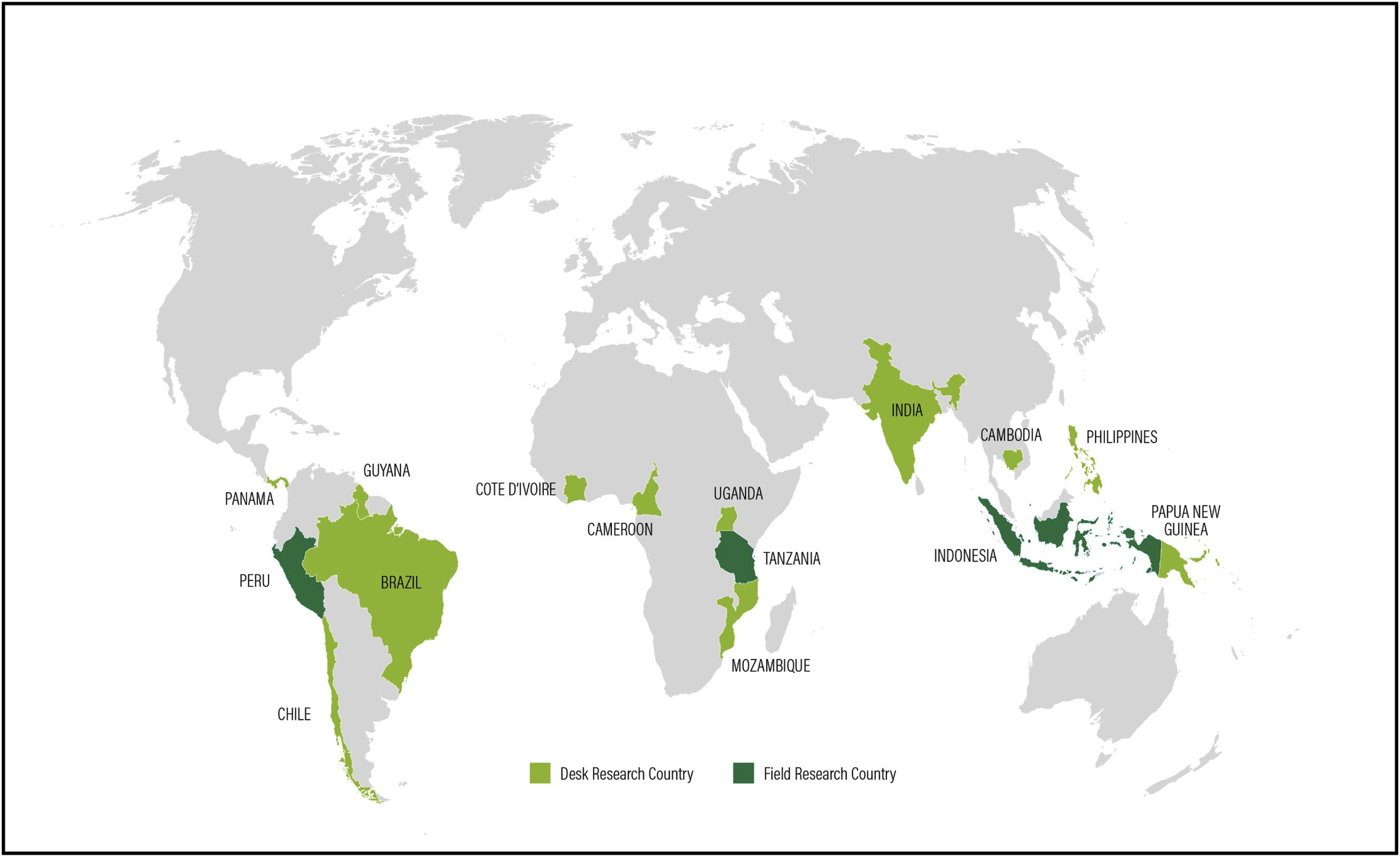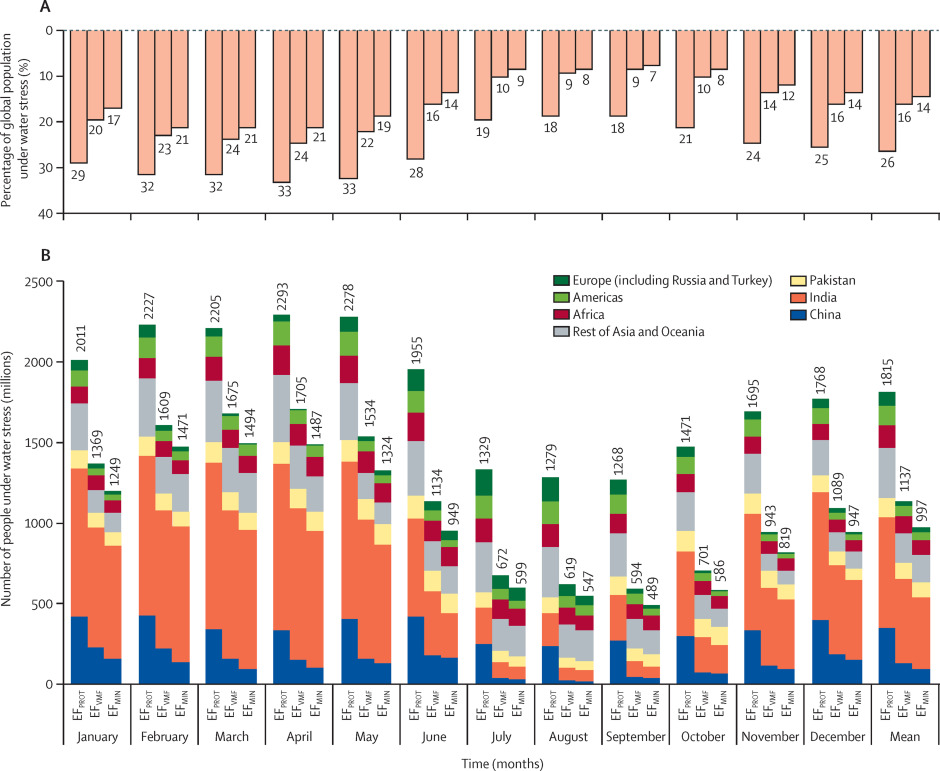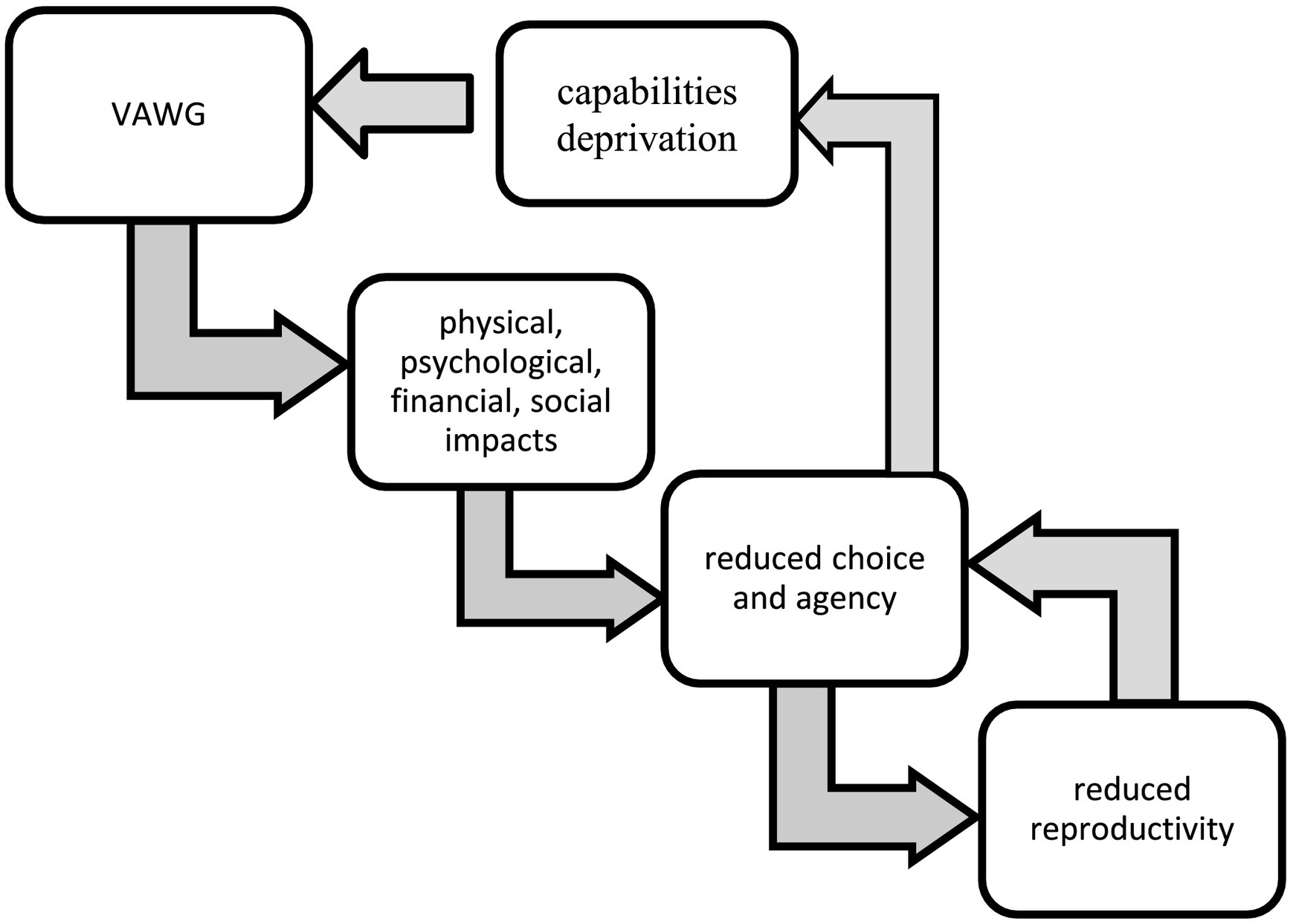Public Health in Practice, Volume 2, November 2021
Cyclones and tropical storms are important threats to public health faced by countries worldwide as they are associated with infectious disease outbreaks, unsafe food and water to mention a few. To help meet these challenges, the World Health Organization encourages countries to strengthen their capacities for health emergency and disaster risk management incorporating measures for prevention, mitigation, preparedness, response and recovery. In this letter, we unpack the case of Zimbabwe's preparedness and response to cyclones and tropical storms.
Land Use Policy, Volume 110, November 2021
The Lancet Planetary Health, Volume 5, November 2021




